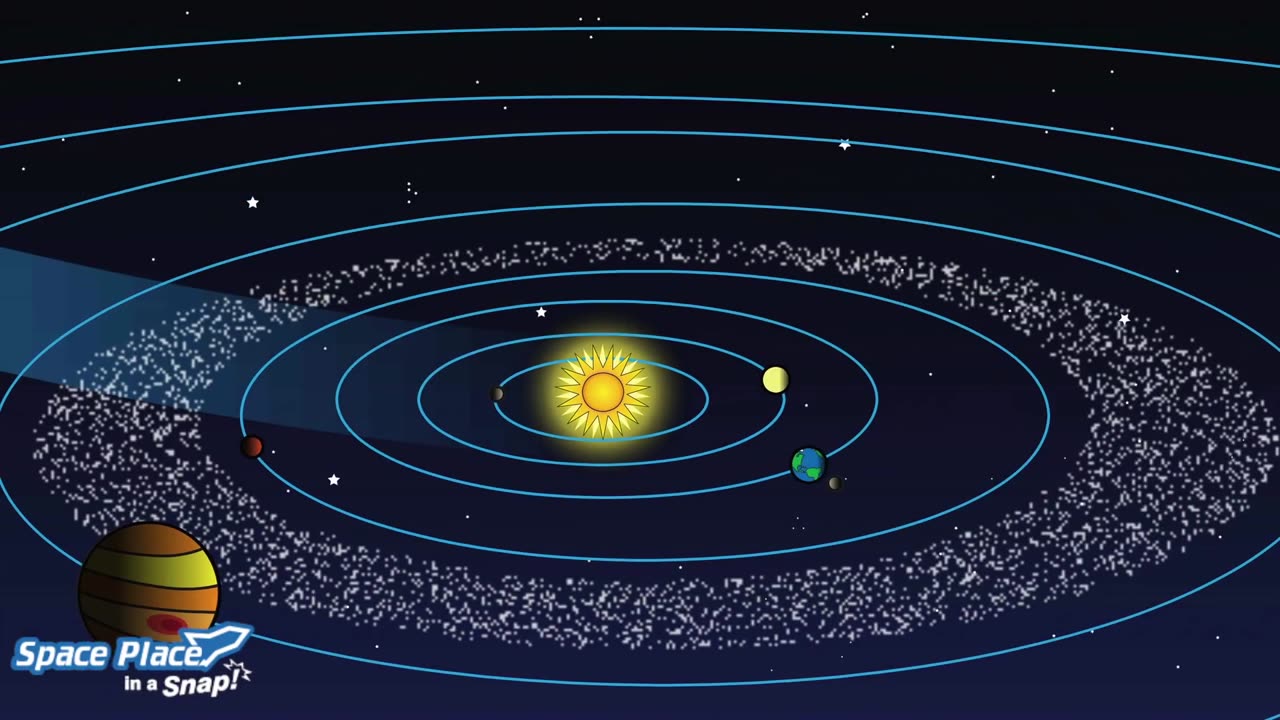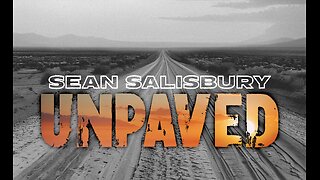Premium Only Content

Formation of Solar System
This video from NASA talks about how our solar system formed and how it came to be the busy place it is today.
The solar system, a bustling celestial neighborhood, came into existence around 4.6 billion years ago within a vast cloud of stellar dust, known as a nebula. This cloud's gravitational collapse, possibly triggered by the shockwave from a nearby star's explosion, led to the formation of a disk of material. As pressure and heat intensified, hydrogen fused into helium, giving birth to the Sun. Despite the Sun's dominance, some material persisted. Through gravity's influence, remnants coalesced, resulting in collisions that gave rise to increasingly larger celestial objects. Those that reached sufficient size became planets and dwarf planets, with rocky planets forming nearer to the Sun and gas and ice giants emerging farther out. The remnants of this process persist in the asteroid belt, home to unformed planetary fragments, and in the distant comets that have changed little since the solar system's inception. The study of asteroids and comets aids in the reconstruction of this cosmic history.
-
 24:15
24:15
Stephen Gardner
1 hour agoCharlie Kirk Bombshell: Fresh Video Footage Shatters the Narrative!😱
10.1K55 -
 9:51
9:51
Silver Dragons
2 hours agoSILVER PRICE SOARING - Is Silver In the END GAME Now?
5.48K3 -
 1:28:13
1:28:13
Russell Brand
4 hours agoThe Truth About UK Corruption – Andrew Bridgen Speaks Out - SF640
157K40 -
 2:11:52
2:11:52
Side Scrollers Podcast
4 hours agoYouTube ADMITS BLATANT Censorship + California Wants to FINE “Hate Speech” + More | Side Scrollers
45.2K2 -
 15:26
15:26
Simply Bitcoin
1 day ago $0.86 earned$60 Trillion Incoming? | Why Gold & Bonds are Screaming "BUY BITCOIN"
11.4K3 -
 1:55:59
1:55:59
The Charlie Kirk Show
4 hours agoDebunking the Lies and Smears about Charlie | ThoughtCrime Team | 9.25.2025
101K63 -
 1:05:27
1:05:27
Sean Unpaved
4 hours agoCup Swings, Homer Kings, & TNF Zzzz's
26.7K2 -
 8:13
8:13
It’s the Final Round
8 hours ago $0.25 earned💰Seahawks vs Cardinals Best Bets🔥Player Prop Picks, Parlays,Predictions FREE Thursday September 25th
12K -
 27:22
27:22
Rethinking the Dollar
3 hours agoSilver at $45: Is War the Spark for $100 Silver? | Thursday News Update
13.2K1 -
 1:01:13
1:01:13
Timcast
4 hours agoAnti ICE Shooter Was Kirk Assassin Copycat, FBI Says Attack Was Planned
189K104